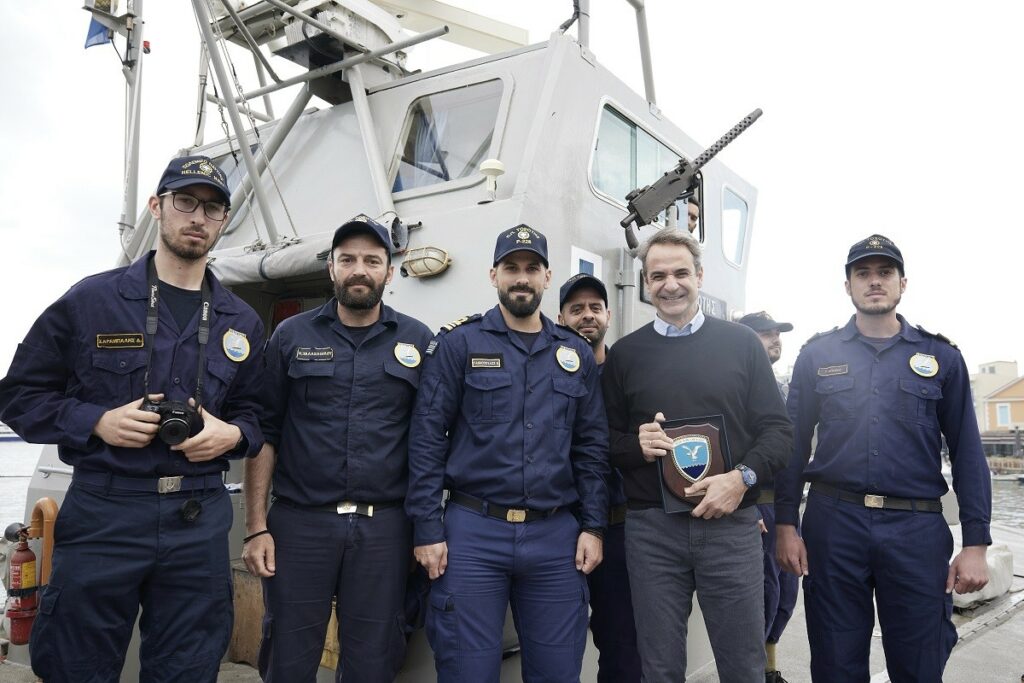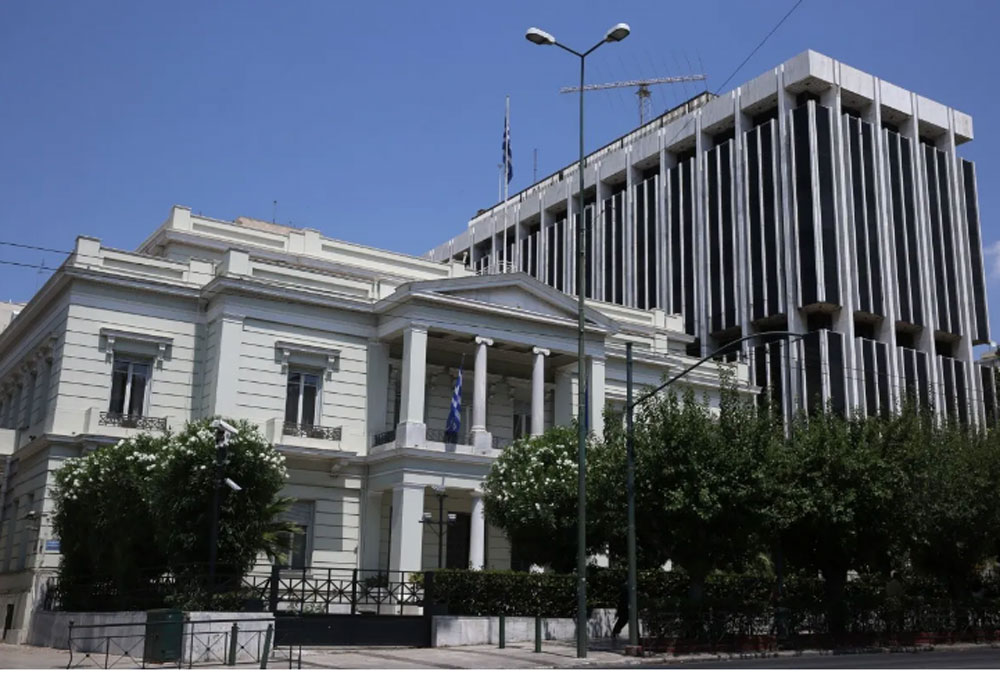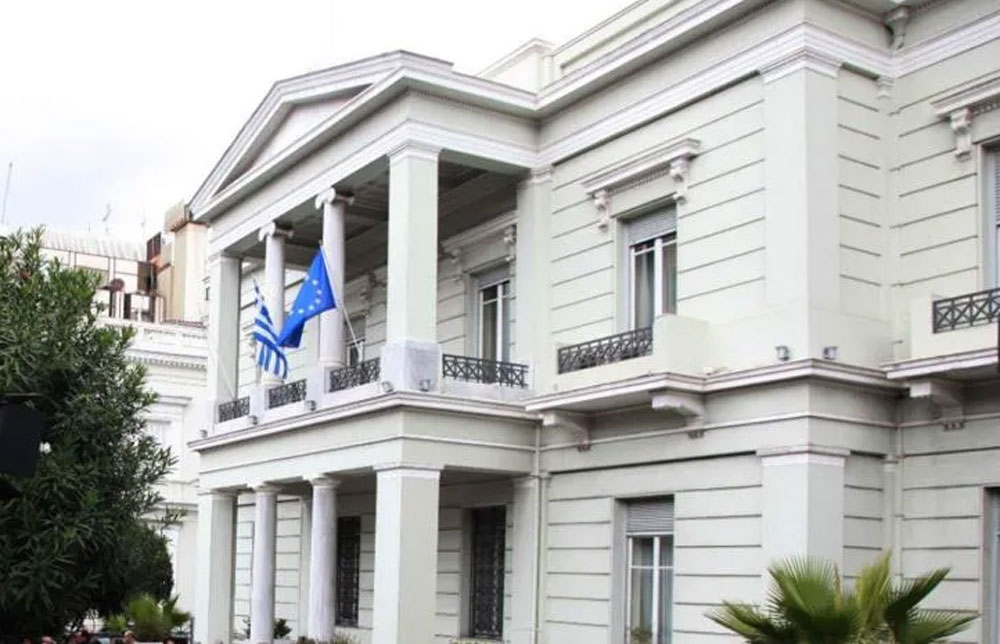
Turkey’s agony – how Erdogan turned a peaceful protest into a violent nightmare – The view from Taksim Square
By Claire Berlinski
Istanbul.- By now, everyone has heard of the brutal suppression of protests all over Turkey, which began with a peaceful sit-in in Istanbul to protect a hapless apology for a park from demolition. Right by the city’s unofficial centre, Taksim Square, Gezi Park had been slated to become yet another one of the ruling AKP’s signature Ottoman-cum-Disneyland construction projects. It was hardly much of a park, by London standards, but it was one of the last remaining places in the area with a few trees and a bit of room to stroll around. The protesters found the idea of losing that tiny refuge from Istanbul’s urban chaos unbearable.
The police removed the inoffensive tree-huggers in a surprise dawn raid, using violence so disproportionate and sadistic — and unfortunately for the police, so filmed — as to set off enraged demonstrations around the country. These, in turn, provoked even more psychotic retaliation from the police. Every story you’ve read of the brutality the cops inflicted on peaceful protesters is true, and more. I saw it. I’ve been seeing it with my own eyes for weeks, but by far the worst took place on Tuesday, when the police descended in the early morning to retake Taksim Square, directly after Prime Minister Recep Tayyip Erdogan had lulled the protesters with promises to meet them the next day to listen to their concerns.
The surprise attack began at 7.30 a.m. Black smoke quickly rose over the square, and tear gas enveloped the entire neighbourhood. Then the water cannon arrived, half a dozen, followed by another burst of gas. While at least six cameras from Taksim were feeding this scene live to the entire country, Istanbul Governor Huseyin Avni Mutlu assured the public, on Twitter, that ‘some protestors used materials that release fog and smoke. We should all know that their purpose is making the impression that the police used excessive gas.’ It didn’t occur to him, I suppose, that it is not just fog and smoke that indicates the presence of a lachrymatory agent. He also promised the protesters that only Taksim itself would be ‘cleaned’. The protesters and the park, he swore, would ‘never’ be harmed.
Three hours later, protesters formed a human chain around the park to prevent the police from recapturing it, but the cops shot rubber bullets, beat up journalists, and detained not only countless protesters, but their lawyers — 79 lawyers, according to the Istanbul Bar Association. The government is now dropping hints about an ‘operation’ against ‘provocateurs’ on Twitter — not an idle threat, for many have already been detained for writing ‘misinformation’, which apparently encompasses, among other things, tweeting the phone numbers of physicians on duty. A Turkish journalist reports that prosecutors have obtained warrants to seize any mobile phone they require. I have not yet been able to confirm this, but it wouldn’t in the least surprise me.
But this was just the beginning. After an afternoon of calm, on a lovely summer evening, some 30,000 people returned in force to Taksim Square — their square, after all, as it has always been. The police responded with an even more vicious strike, blanketing the massive crowd with a cumulonimbus cloud of gas accompanied by sound grenades. Terrified and choking, the crowd — students, street vendors, women in dresses and summer sandals — stampeded into the surrounding streets. Parents were separated from their young children. Someone tweeted frantically that her sister had fallen and the panicked crowds had run right over her. The police shot water cannon at a man in a wheelchair who had been brandishing the Turkish flag.
Writing blood types on their arms, volunteers ferried the injured to a makeshift field hospital. Chanting gangs of extremist opportunists (who bore little resemblance to the peaceful demonstrators in the park) taunted police in the streets leading toward the Golden Horn, drawing tear gas and water cannon through the whole of Istanbul’s old Pera district. International reporters, who have become accustomed of late to police crackdowns, described this as the worst in recent memory.
After a fortnight of clashes, four deaths have so far been confirmed; an untold number have suffered severe brain injuries; and at least ten young people have lost an eye after being shot by plastic bullets. Reports of injuries are coming in fast, but they are hard to confirm. The Turkish Human Rights Foundation is now placing the number at some 5,000, based on hospital reports. But keep in mind that not everyone who is wounded goes to the hospital. A gas grenade to the leg can cause a great deal of injury, but for those who can’t afford medical bills, it’s a hell of a hassle to go to an already overflowing state emergency ward — not least because the cops have been chasing protesters right into those very wards and gassing them there, too.
Moreover, many doctors, presumably under state pressure, don’t record ‘clashes with police’ as the cause of injury, but report instead that the victim has ‘had an accident’. (It is also possible that doctors are trying to protect their patients from subsequently being arrested as ‘rioters’.) I obtained records, however, from the hospitals in my neighbourhood, which is close to Taksim Square. I was stunned by what I read: each hospital listed hundreds of injuries — ‘A 22-year-old male has lost his left eye due to a plastic bullet … a 19-year-old male is being watched closely with a subdural haematoma diagnosis … trauma in the testicle … trauma of the left eye … has lost all eyesight … maxillo-facial trauma … brain haemorrhage … life-threatening condition…’ The reports went on for pages, and the doctors were quite firm that these were not ‘accidents’.
Perhaps the most painful part of the whole thing so far was the glimpse of peace we enjoyed for several days in Taksim Square and Gezi Park in the lull between the attacks. That was when we saw, all too briefly, what this city could be.
Last Friday was peaceful — despite Prime Minister Recep Tayyip Erdogan’s strenuous effort to aggravate the situation by making speeches so unrepentant and inflammatory that the benchmark Istanbul Bourse tumbled with every word that came out of his mouth. One speech, in particular, caused the stock exchange to tank by 7.5 per cent. (I leave it to the mathematicians to calculate the per-word cost of that speech to the nation’s GNP.)
Nonetheless, somehow the command seemed to have come down from above — from where, no one knows — to call off the dogs for the day. Several days earlier, Erdogan, thank God, had scuttled out of the country to attend some exceedingly urgent North African pourparler, leaving his beleaguered underlings to handle the chaos. Within hours of his departure, the police withdrew from Taksim, leaving only their burnt-out vans as mementos. And for a few days, Taksim and Gezi Park became the City of Evet.
Let me explain. In 1978, Jan Morris — to my mind one of the century’s greatest travel writers — visited Istanbul. She wrote a superbly observed essay titled ‘City of Yok’, which would be loosely translated as ‘City of No’, but ‘No’ doesn’t quite capture the entirety of it. ‘I don’t speak Turkish yet,’ she wrote, ‘but yok appears to be a sort of general purpose discouragement, to imply that (for instance) it can’t be done, she isn’t home, the shop’s shut, the train’s left, take it or leave it, you can’t come this way, or there’s no good making a fuss over it.’ The opposite of yok is evet — meaning yes, and it has no analogous counter-associations, which tells you something right there.
But on Friday night, I strolled through Taksim and Gezi Park, and for the first time in the decade I’ve lived in Istanbul, I found myself in the City of Evet. It felt like a free country. I have never seen anything like this before in Turkey. I walk through Taksim all the time, and it is always full of cops, uniformed and plain-clothed. Don’t misunderstand me: they are there for a very good reason. In 2010, I narrowly missed a suicide bomber dispatched to Taksim by the Kurdistan Freedom Falcons, a splinter group of the terrorist PKK. The bomb went off at 10.34 in the morning. Were it not for my laziness — I had slept in — my limbs would have joined all the others splattered across the square’s pavement. The PKK and its affiliates have attacked Taksim four times since 1995.
Taksim and Gezi Park, last weekend, were different, and the most obvious difference was the absence of that special gloom imparted by the sight of phalanx upon phalanx of heavily armed coppers giving every passer-by the hairy eyeball. And it was glorious — a huge innocent carnival, filled with improbable (I would have hitherto thought impossible) scenes of nationalist Turks mingling amiably with nationalist Kurds, the latter dancing to some strange ghastly species of techno-Halay, the former pumping their fists in the air and chanting their eternal allegiance to something very nationalist, I’m sure. Balloons lit with candles sailed over the sky; hawkers sold every species of Gezi souvenir, and the only smell of pepper in the air came from the grilled meatballs served in hunks of fresh bread and sprinkled with chilli powder.
Among the protesters’ grievances was the prime minister’s imperious effort to pass restrictive new laws on alcohol sales, so in a gesture of special defiance, entrepreneurial protesters — or maybe just entrepreneurial Turks — sold ice-cold beer from coolers. (I’ve never before seen anyone sell beer from coolers in the streets of Istanbul.)
There were commies and pinkos of every species sharing that beer with right-wing whackjobs of every stripe — groups that in the 1970s fought gun battles here, drenching the streets in blood and leading to the 1980 coup. The communists didn’t seem the sort to worry about — when people complained that the price of beer had risen in response to demand, they shrugged: ‘What can we do? If people want to sell it, we can’t stop them.’
There were trade unionists and doctors and ordinary yuppies and, mostly, college kids; there were gays, Alevis, Sufis and yogis; there were impromptu skits — all making fun of the government, and some of them very funny but untranslatable both linguistically and culturally; there was impromptu dancing (innocent and sexless by western standards), barkers enjoining the crowd to jump up and down for the liberation of the park (and everyone did), a stall that advertised itself as the park’s new free lending library, and vast crowds of people smiling in a silly, carefree way that grave Istanbullus, serious people, people who dress in dark colours and worry terribly about what the neighbours will think, rarely do.
Imagine Glastonbury, perhaps, without so much as a whiff of weed. I know that’s an oxymoron, but it’s the best I can do. These (mostly) kids were nothing like the Occupy Wall Street crowd; they had no idea what they were doing, politically — no leaflets, none of that creepy human microphone stuff, no idea who Saul Alinsky is, no one using the streets as a urinal. Everyone was happy. Everyone was doing precisely as they pleased. For once, I could see what Turkey would be like if it could only get its damned omnipresent, omni-meddling, always-watching, always-listening state off its back.
But by Tuesday night, the City of Evet was long gone. Scores of those silly, innocent tree-huggers have been hospitalised, and the casualty count is appalling.
The worst of it is that no one has any idea why this happened. Erdogan has doubled-down on his insistence that the protests represent a complex conspiracy against his person, cooked up by foreigners and terrorists and what he has termed ‘financial institutions, the interest-rate lobby and media groups’. (I leave it to the reader to ponder and parse the historical significance of these references to conspirators who control the banks and the media.) Officials in his own party are publicly asking him if he’s trying to start a civil war.
On Wednesday morning there was an uneasy calm in Taksim Square, but there was and will be no return of the City of Evet. Istanbul is once again the City of Yok.
This article first appeared in the print edition of The Spectator magazine, dated 15 June 2013
http://www.spectator.co.uk/features/8934351/turkeys-agony-the-view-from-taksim-square/
Photo by AKP: Turkish actress Hulya Avsar met with Turkish Prime Minister Recep Tayyip Erdogan

